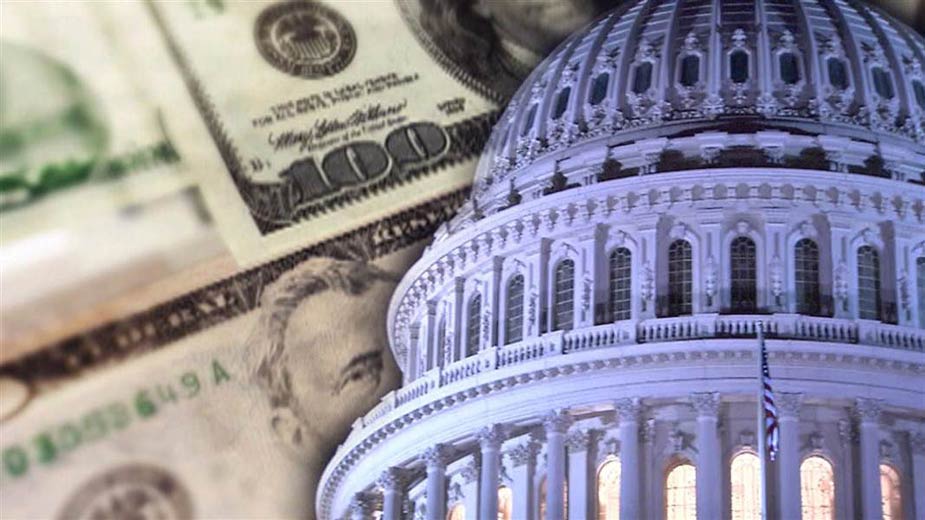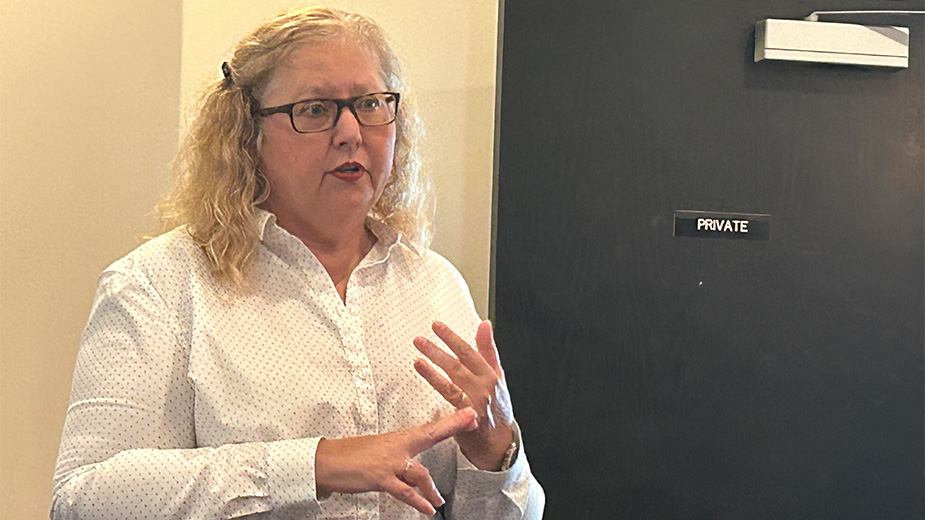HBK Tax Principal Summarizes New Tax Law
By James M. Rosa
CANFIELD, Ohio — The Tax Cut and Jobs Act now awaits the signature of President Trump.
The legislation includes many provisions and is easily the most significant tax legislation since 1986.
There are many opportunities to take advantage of the tax law changes and take action before the end of 2017 to secure certain tax benefits that may no longer be available and readers are advised to contact a tax professional such as those at HBK CPAs & Consultants (where the author is a principal in the Tax Advisory Group).
Here are the major provisions of the bill, which for the most part apply after 2017, and sunset after 2026. This means that the tax law before these changes would go back to the law before the law changes.
Individuals Provisions
- Tax rates: The highest individual tax rate would drop from 39.6% to 37% with seven brackets 10%, 12%, 22%, 24%, 32%, 35% and 37%. The top bracket would apply for single filers at $500,000 and $600,000 for joint filers.
- Kiddie tax: Unearned income over $2,100 of dependent children under age 24 will be taxed at trust and estate income tax rates rather than the parent’s tax rates. This will generally result in higher income taxes.
- Capital gain rates: The current 0%, 15% and 20% capital gain rates would not change.
- Inflation adjustments: The tax brackets and other provisions of the tax law are adjusted each year for inflation. The new law would use a chained CPI index, which is the lower rate of growth than CPI. This would be a permanent law change.
- Standard deduction: The standard deduction would be increased to $12,000 for single filers, $24,000 for joint filers and $18,000 for head of household filers.
- Personal exemptions: Would be repealed.
- Pass-through income deduction: Individuals would be allowed to deduct 20% of “qualified business income” from a partnership, S corporation, or sole proprietorships, as well as 20% of qualified real estate investment trust (REIT) dividends, qualified cooperative dividends, and qualified publicly traded partnership income. A limitation on the deduction will be based on the greater of 50% of W-2 wages paid by the business, or 25% of W-2 wages paid plus 2.5% of the cost of property used in the business. Most service businesses will have additional limitations.
- Loss limitations: Business losses in excess of $500,000 on joint returns and $250,000 on single returns would not be allowed to offset other sources of income. The excess loss amount would carryover and allowed in future years.
- Mortgage interest: The limitation on the amount of acquisition debt would be reduced from $1.1 million to $750,000. Mortgages in existence before December 16, 2017 would not be subject to this change. The deduction for interest on home equity debt would be repealed. In addition, mortgage interest on a principal residence and a second home would continue.
- State and local taxes: Individuals would be allowed to deduct up to $10,000 of state and local income taxes and property taxes. The new law prevents taxpayers from prepaying 2018 state and local income taxes in 2017, but that restriction does not apply to property taxes.
- Charitable contributions: The current 50% limitation for cash contributions to public charities would be increased to 60%. Donations for college athletic event seating right would be disallowed.
- Medical expenses: The threshold for the deduction of medical expenses would drop from 10% of adjusted gross income to 7.5% beginning in 2017.
- Miscellaneous itemized deductions: All miscellaneous deductions subject to the 2% floor would be repealed, including tax return preparation and planning fees, investment advisory fees, employee business expenses and many others.
- The reduction of itemized deductions for high-income taxpayers would be repealed.
- Alimony: Alimony received would not be taxable and alimony paid would not be deductible for divorce and separation agreements entered into or modified after December 31, 2018.
- Moving expenses: Would no longer be deductible and if reimbursed by an employer would be taxable to the employee.
- Child credit: The allowable child credit would be increased to $2,000 with up to $1,400 being refundable. The income thresholds for the phase-out of the child credit would be increased significantly. Also a new nonrefundable $500 credit for qualifying dependents who are not qualifying children.
- Section 529 tuition savings plans: Up to $10,000 would be allowed to use for private elementary and secondary school tuition.
- Alternative minimum tax (AMT): AMT would not be repealed, but the exemption amounts would be increased.
- Individual health insurance mandate: The mandate would be repealed along with the subsidies.
- Estate, gift and generation skipping tax: The exemptions would be doubled, so in 2018 the exemptions would be $11.2 million per person.
Business Tax Provisions
- Corporate tax rate: The corporate tax rate would be reduced to 21% for years beginning after 2017. This would be a permanent law change.
- Domestic Production Activity Deduction: This deduction, which has amounted to 9% of taxable income from production activities in the U.S., would be repealed. The deduction is repealed for all businesses, regardless of how organized, including C corporations, S corporations, partnerships and proprietorships.
- Corporate AMT: Would be repealed.
- Business interest expense: Every business, regardless of form, would be limited by the amount of interest expense it can deduct to 30% of its “adjusted taxable income’. Adjusted taxable income is defined as the business’ taxable income computed without regard to business interest expense, business interest income, net operating losses, depreciation, amortization and depletion. Any disallowed interest expense carries over indefinitely subject to the same limits. Certain businesses are exempt from the limitations, including: (i) any business with less than $25 million in revenue, (ii) dealers of automobiles and trucks, farm equipment, recreational vehicles, motorcycles and boats, (iii) real property businesses, (iv) regulated public utilities
- Bonus depreciation: Businesses would be allowed to immediately expense 100% of qualified property placed in service after September 27, 2017 and before January 1, 2023. New and used property would be qualified. After 2022, the bonus depreciation amount be reduced by 20% each year thereafter and terminate in 2026. Businesses not subject to the interest expense deduction limitations (other than those with less than $25 million in revenue) would not be allowed bonus depreciation.
- Section 179 expensing: The current $500,000 expensing limit would be increased to $1 million. Eligible property would also include improvements to nonresidential real property such as roofs, HVAC, fire protection and alarm and security systems.
- Automobile depreciation: Depreciation deductions for automobiles used in business would be sharply increased.
- Net operating losses (NOL): For losses arising after 2017, an NOL deduction would be limited to 80% of taxable income. The current 20-year carryover period would be made indefinite and the two-year carryback period would be repealed. NOLs arising in years before 2018 would not be subject to these changes.
- Like-kind exchanges: After 2017, like-kind exchanges would only be available for real estate, not tangible personal property.
- Entertainment expenses: No deduction would be allowed for any entertainment, amusement or recreation and membership dues. Currently, 50% of these expenses have generally been deductible.
- Research and experimental expenses: For years beginning after 2021, these expenses would have to be amortized over a five-year period.
Editor’s Note: Jams M. Rosa is a principal in the Tax Advisory Group in the Youngstown, Ohio office of HBK CPAs & Consultants, and has been with the firm since 1986.
Copyright 2024 The Business Journal, Youngstown, Ohio.



